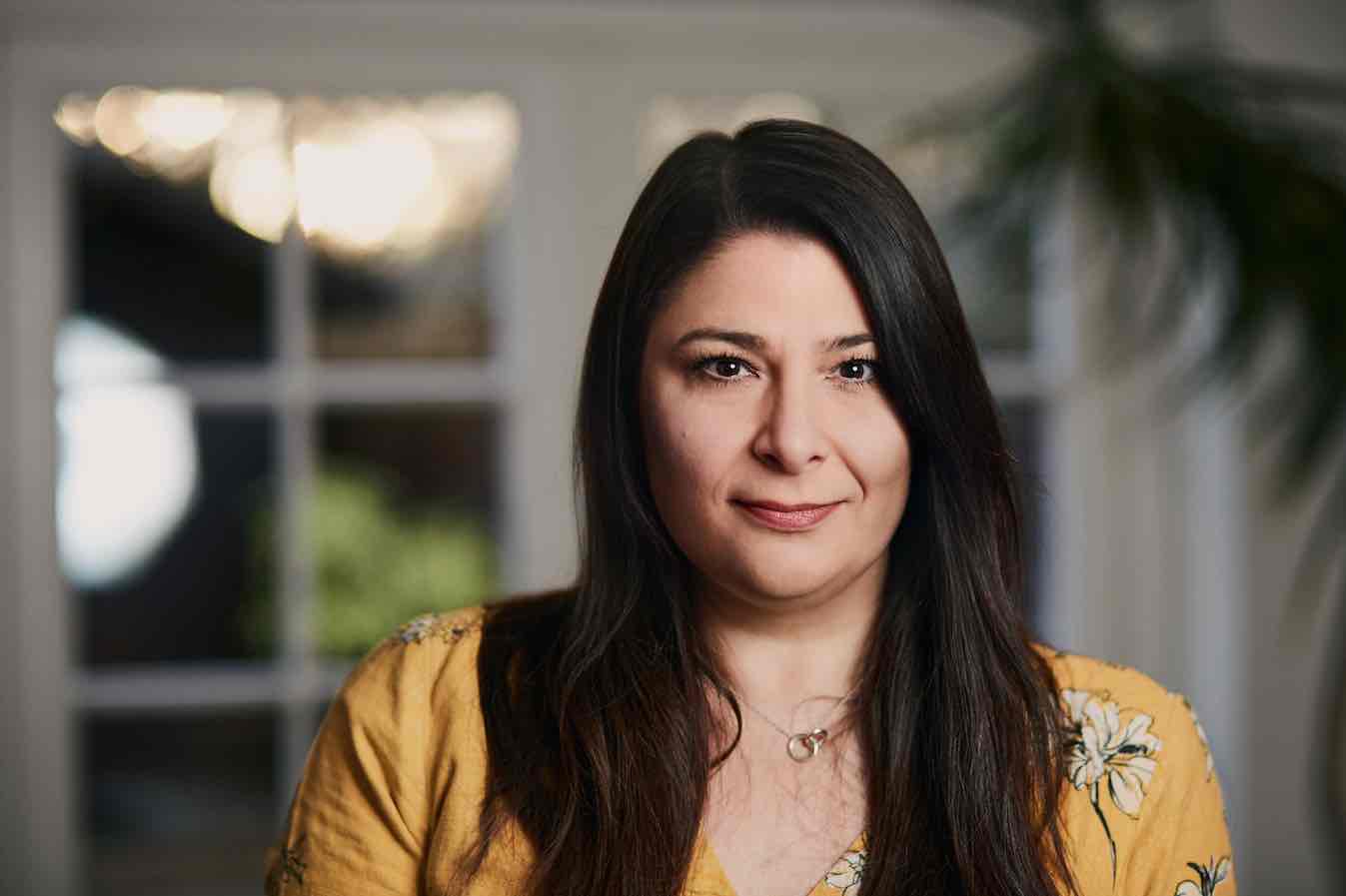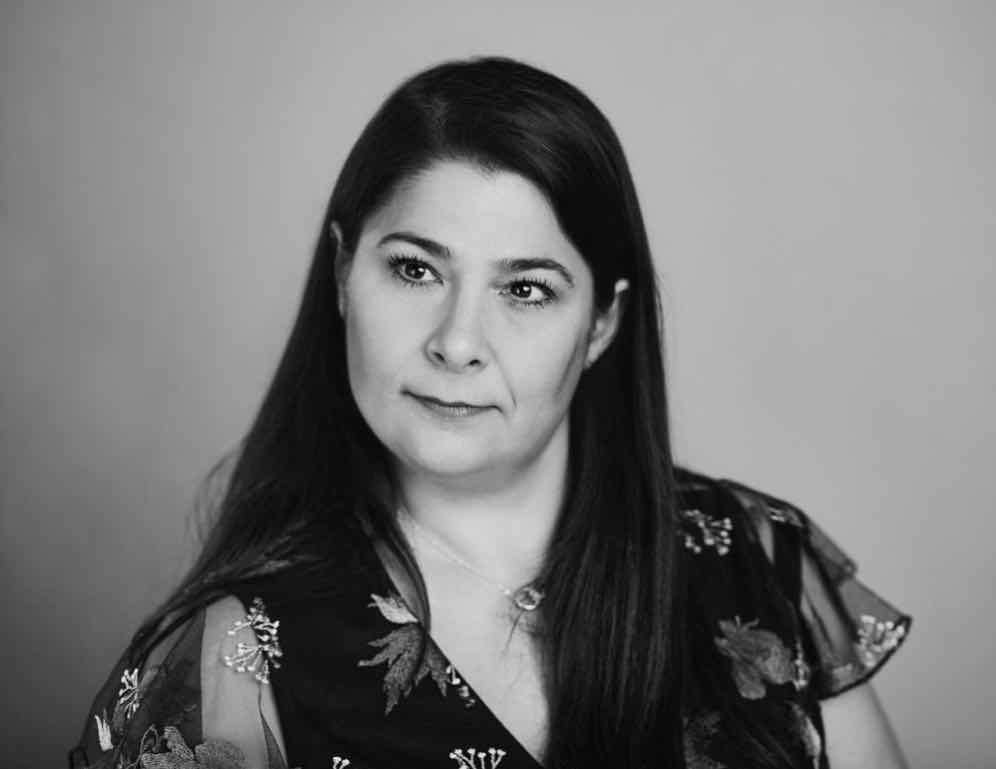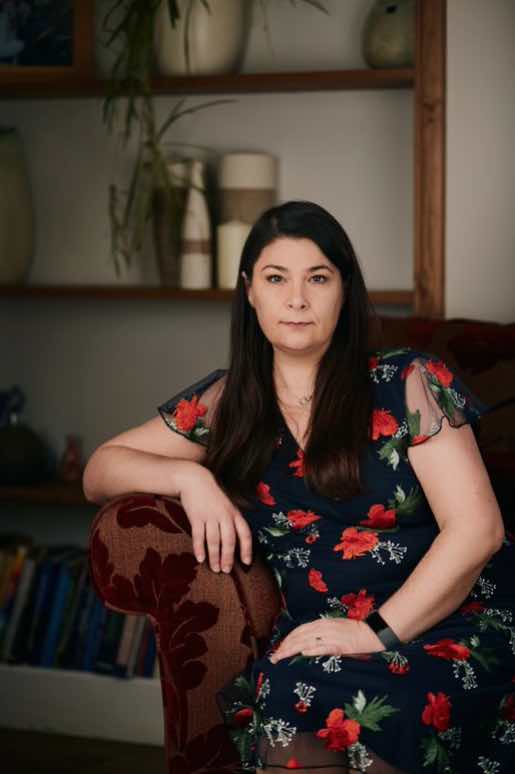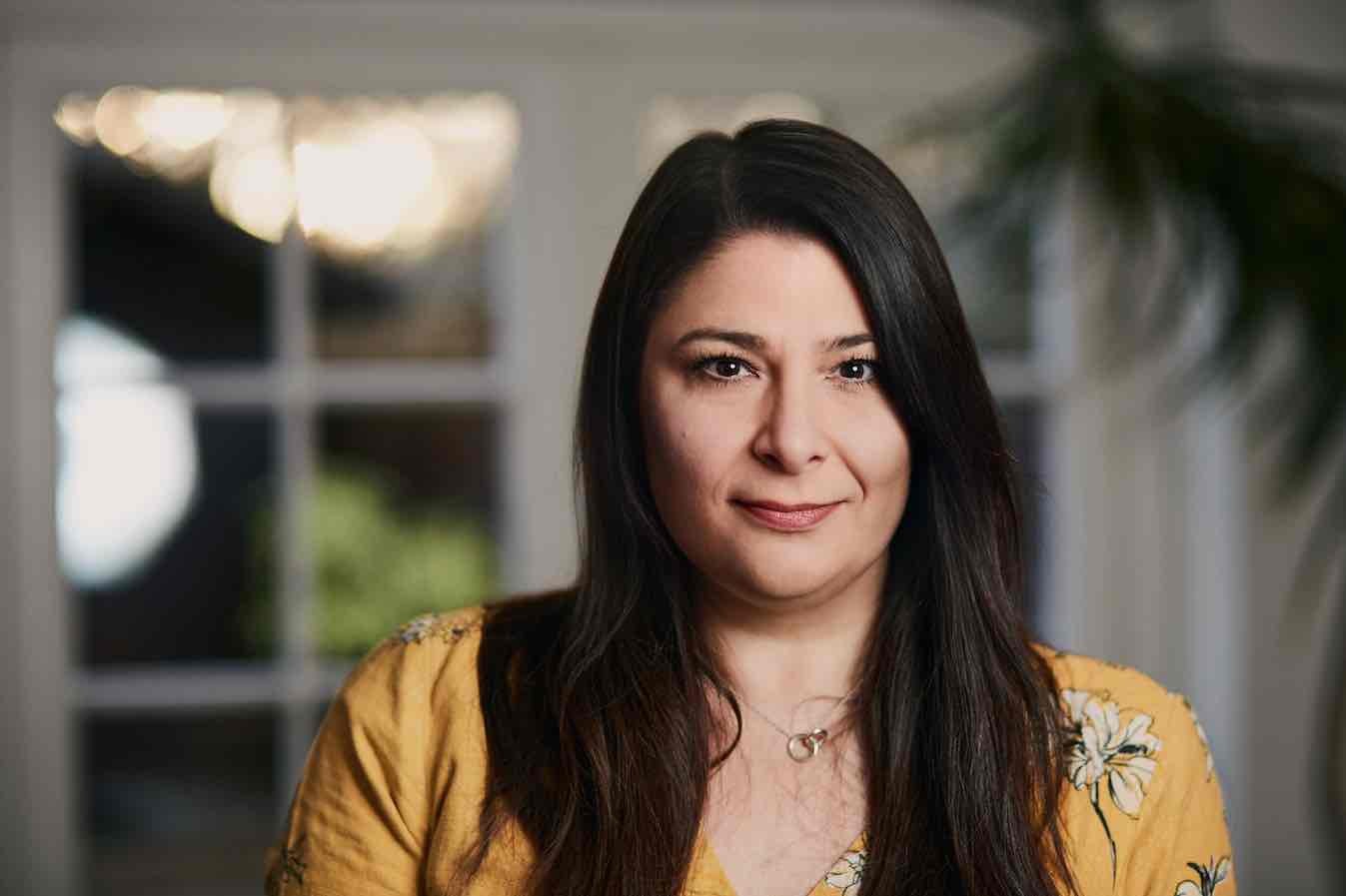In Interviews
Follow this topic
Bookmark
Record learning outcomes

By Rob Darracott
Created more than a century ago to defend the interests of what were then known as proprietary medicines manufacturers, the PAGB (Proprietary Association of Great Britain) is still focused on self-regulation – ensuring that all advertising of its members’ products complies with its codes of practice. But for more than 40 years, the Association has also championed self care and the part played by OTC medicines in the health of the nation.
Michelle Riddalls sums up the PAGB in 2021. “We aim to be the expert voice of the consumer healthcare industry in the UK, to lead on self-regulation for the industry and encourage and promote self care,” she says. “Our work priorities revolve around making sure that we have the best environment for people to have access to and the ability to self care. This means helping our members by creating the right regulatory set up, and advocating for a big role for pharmacy on the policy side.”
While PAGB is best known as the trade association for UK manufacturers of branded OTC medicines, its work also covers self care medical devices and food supplements. “People probably don’t think about the medical devices side, but we’ve seen an explosion of those in recent years. And we have more food supplement companies in membership than devices companies.
Stockpiling early on and no cold and flu season has taken its toll, our survey showed people more open to going to pharmacies and self care
“Our members come to us for a variety of reasons. Some to ensure they are compliant and operating correctly within the industry; or they want to support the wider self care industry. But they’ve all agreed on our strategic goals and I want to show them that we are adding value in everything that we are doing on the regulatory side and likewise on policy. I think we’ve been able to do that in 2020, both on EU exit and Covid and the self care agenda. Since I started as CEO, I’ve been involved in the Life Sciences Covid Response Group, and represented the industry on a Government EU exit group talking about supply chains. They were geared up for the NHS and the supply route for critical medicines, but that’s very different to ours, which involves selling to pharmacists, wholesalers and other retailers. I’ve also been interviewed on BBC News talking about the contraceptive Pill reclassification, so that’s showing us as the expert voice.
In numbers
PAGB represents a large part of the UK consumer healthcare industry; member companies produce 48 of the top 50 OTC medicine brands used by consumers. The organisation itself is relatively small in trade association terms, with 16 staff, and is funded by OTC turnover-based membership fees, associate fees and training services, which it provides to members and non-members. Like most trade associations, membership fees are constrained, so Michelle says the organisation is looking to grow revenue by expanding its regulatory and compliance training, and it has just introduced a consultancy offer.
“If someone wants to bring a product onto the market, but they don’t even know if it’s viable, we’re looking to help them make an assessment,” she says. “People were coming to us for help and I was turning them away. That was ridiculous.” A proposal to the board last year was approved and the organisation is now set up to offer that too, for food supplements and devices as well as medicines.
Michelle clearly hopes third parties who benefit might join PAGB at a later date. “We’ve had interest,” she says. “It’s an interesting offer – it’s the regulatory side and the advertising copy approval side – things you wouldn’t necessarily find all in one place. There’s been particular interest in supplements because of the growth in the category.”
An unusual year
This growth brings us neatly to the last year, and the issue that has dominated UK life during Michelle’s first year as chief executive. PAGB’s annual report for 2020 shows it was a tough year for consumer healthcare, with total OTC sales down 4.1 per cent in value despite a 21 per cent rise during the first quarter. “It’s been difficult,” Michelle says. “Fewer people have been going to NHS primary care services, although we know that people were going to local pharmacies more rather than going to the doctors. We saw a positive swing toward self care – lockdown (stay at home and take an OTC medicine) is self care.
“We had panic buying at the beginning; it wasn’t just toilet roll. Paracetamol mainly, but I think a lot of cough and cold remedies got taken too. You can see a big spike in the data. What we’ve then seen is the impact of people not going out and about as much – this year’s cold and flu season has not happened. So while the combination of stockpiling early on and no cold and flu season has taken its toll, our survey last year showed people more open to going to pharmacies and self care. We hope those positive behavioural changes will become ingrained, but there’s not necessarily the sales at the moment.”
It’s been a different story for vitamins and minerals. Michelle says: “We’ve seen people taking a more proactive stance in terms of managing their healthcare. We’ve had messages from government about vitamin D, but the whole supplementation/immunity side has had a positive impact. It’s an interesting area to watch.”
The first couple of months of 2020 were challenging for members in terms of keeping stocks flowing. “We were lobbying on members’ behalf with government, but we were also involved with the MHRA looking at regulatory flexibilities to ensure continuity of supply coming out of various places in the world. Usually, there is a very strict regulatory regime, but we weighed up the risks and benefits, and looked at what is not vital to ensuring things kept running.”
Michelle says companies are predicting cold and flu coming back in 2021. “With the vaccinations, we’re as hopeful as we can be that things will get back to normal,” she says. “It will be interesting to see if the wellness side continues the way it has started the year, with an influx of products and the approaches we’ve had about supplements. Will people be thinking longer term now they know more about it and have potentially used it?”
The other big issue in Michelle’s first year has been EU exit. She counts as a success the work PAGB has been able to do on behalf of members to mitigate the impact. Prior to joining PAGB as senior director of regulatory affairs in 2019, Michelle headed up the regulatory team for Northern Europe at Pfizer Consumer Healthcare, and she says this role meant she knew the amount of work and the costs involved in getting ready. “Companies had prepared. They had also been asked by the Government to ensure that they had six weeks’ stock coverage on key SKUs,” she says. “They had to do that three times – March 2019, the end of January last year and then 31 December. There were concerns about getting things over the border, but there’s been no more issues with medicines than anything else, although there’s still a lot of ongoing work to do.”
I ask what has happened to the European register of nutrition and health claims following EU exit. “It’s now under the remit of the Department of Health & Social Care (DHSC),” Michelle says. “They have literally copied the database as it stood at 11pm on the 31st of December 2020 into UK jurisdiction, so we are currently bound by the same requirements. There is now, however, the potential to submit a new claim unilaterally; the problem with that, of course, is what happens in Northern Ireland.”
New arrangements for medicines in Northern Ireland have been postponed until January next year, but PAGB’s concerns have been heard. Michelle’s previous regulatory experience was recognised when DHSC asked her to chair a ‘deep dive’ group exploring the impact of the Protocol on supply routes into Northern Ireland.
We are having to adapt as the environment changes, and we have to make sure companies are aware of what they can and can’t do
The main work of PAGB still revolves, however, around the self-regulation of the sector it represents. A team of five work in what PAGB calls ‘copy clearance’ – approval of advertising copy and claims. “As part of membership, all the advertising for medicines has to go through PAGB. Companies send in advertising they have generated for clearing against the Codes we maintain,” Michelle says.
“We have a PAGB Consumer Code for advertising to consumers, a Professional Code for advertising to healthcare professionals, which is mainly aimed at pharmacists, and guidance for food supplements and devices. Companies have to comply with those Codes. The advertising comes in, the team will review it. If there’s issues or things need amending, they will comment on it and it will go back to the company to be amended. That’s everything from adverts on the television to websites – even shelf barkers, believe it or not.
“For medicines, practically everything external is overseen and reviewed. On food supplements, we see everything, we provide advice and will flag anything they can’t use. With devices, it’s a bit more ad hoc. They come to us for advice, but then they can self-certify under our guidance.
Last year, the team dealt with 9,174 items of copy. Keeping up with new forms of media is an escalating challenge. Michelle says: “We are trying to find more innovative ways of dealing with this. With digital, you’re getting to the point of personalised adverts; obviously, we’re not going to be able to approve those. Last year, we piloted an approach in which the concept and the claims are approved in a toolkit, but the company can put it all together for a banner ad, or even a shelf barker.”
Launches too create work. “In my last role, with Viagra Connect, we were sending 100, maybe 150 pieces into PAGB before the launch, to all intents and purposes saying the same thing. That wasn’t really a good use of the company’s or PAGB’s time.”
Michelle says a couple of companies have started using the toolkit, and the Medicines and Healthcare products Regulatory Agency (MHRA) has bought into the concept.
Evolutionary processes
 On 18 March, PAGB launched social media guidance for its members. “I set up a digital working group when I joined PAGB in a regulatory role,” explains Michelle. “We are trying to understand the new media, what’s required and what isn’t. For example, TikTok grew in lockdown, so we’ve starting seeing TikTok stuff coming in for approval. We are having to adapt and change as the environment outside changes, and we have to make sure companies are aware of what they can and can’t do too.”
On 18 March, PAGB launched social media guidance for its members. “I set up a digital working group when I joined PAGB in a regulatory role,” explains Michelle. “We are trying to understand the new media, what’s required and what isn’t. For example, TikTok grew in lockdown, so we’ve starting seeing TikTok stuff coming in for approval. We are having to adapt and change as the environment outside changes, and we have to make sure companies are aware of what they can and can’t do too.”
PAGB is planning a digital round table with key stakeholders for later in the year and intends to share the output of its working group in a digital week (5-9 July). “Compliance is very important to us here at PAGB. We help people ensure they are making the correct claims. For example, you can’t have celebrity endorsement with medicines, so that can get quite complex with all the ‘influencers’ out there. How do you ensure what they say and do is compliant?
“PAGB was originally founded by a group of responsible medicines manufacturers who wanted to make sure that people who were making unscrupulous claims weren’t able to any more. You had to provide evidence. Self-regulation is still part of what we do.
“That trust in the consumer medicines industry is important – we don’t have to suffer from people thinking that the claims are false; that’s not an issue here.”
We are talking during the consultation period for a major potential reclassification and a new category for the pharmacy shelves. As we have seen, Michelle is no stranger to switch processes; as well as Viagra, in her time at Pfizer she was also involved in the POM to GSL reclassification of Nexium Control. At the start of her career, she was involved in the move of Calpol bottles to GSL.
“Innovative switches into brand new categories is exciting,” she says. “Recently, we have had Maloff Protect for malaria, Viagra Connect for erectile dysfunction, now we’re looking at the Pill. There could be others – it’s creating the concept of what could be managed that hasn’t previously been thought of. And we’re all a bit more used to diagnostics, so testing opens up new opportunities. The use of apps or devices in managing conditions is another exciting area. You could see a medicine, with an app on a phone making sure you’re using it properly.
Consumer healthcare is definitely invested in pharmacy, and certainly in reclassification.
To facilitate switches, PAGB is working with the MHRA on streamlining the current process. “MHRA is committed to reclassification; we’re committed to getting wider access to medicines and self care,” Michelle says. “MHRA is very forward thinking; we’ve had some ideas at PAGB. We’ll be catching up in a few weeks’ time to start discussions.”
Michelle’s previous experience is clearly a help, while the MHRA is now run by Dr June Raine, who used to oversee the reclassification of medicines as director of vigilance and risk management of medicines. “I think experience helps when you are talking to the MHRA,” says Michelle. “It shows you know what you’re talking about, and you understand what it is going through and can see it from both sides.”
Pharmacy is key
Contrary to the opinion of some in pharmacy, Michelle does not think all PAGB members see the GSL category as a destination point. “I don’t think the ultimate goal is always to get a product on the supermarket shelf; products have different life cycles,” she says. “Reclassification is a great example of where the consumer healthcare industry is reliant on pharmacists. In my experience, when a company is doing a switch and engaging with pharmacists, they’re positive towards selling those products and keen to get involved.
“As products get to the later stage of their life cycle, when it is known they’re safe, the risk-benefit of them being available GSL is positive. It’s not that it’s detrimental to pharmacy, but it enables access and convenience for the consumer. “Going to GSL shouldn’t be seen as a negative. In companies I’ve worked in, if we were looking at moving a product to GSL, we might increase the pack size available from pharmacy so that there is still a good reason to go to the pharmacy. A lot of consumer healthcare companies have that mentality.
“Pharmacists understand there is a trust in brands; it’s why people buy them. Consumer healthcare is definitely invested in pharmacy, and certainly in reclassification. And a lot of PAGB’s self care agenda revolves around pharmacy. We’d like pharmacists to get access to medical records, we want to see referral pathways into pharmacy and for pharmacists to be able to refer on to other healthcare professionals, like physios or nutritionists, where appropriate. That shows the industry’s commitment – our strategy is based on what our members want.”
Michelle recognises the threat of online retailing, but she says, if anything, online is under-indexed for medicines. “There are potential opportunities there,” she says. “Pharmacies need to look at this. Digitisation is happening, in the NHS as well as retail. In the last year in the NHS, things that normally take five years, took months.”
PAGB recently ran a members seminar on engaging with Amazon. “E-commerce is a big area for companies, and there is the digital aspect of promotions,” Michelle says. “With more and more people going online, they have to look at that. At the moment, Amazon can only do GSL, but it has looked at pharmacy in the US, so that is a potential for the future. How much that would be utilised by members on the pharmacy medicine side I don’t know, but I know a lot of them are selling on Amazon.”
While brands are being sold on Amazon, Michelle says this is not necessarily by PAGB members themselves. “There’s also a bit of protectionism,” she says. “If someone is going to be selling your product, you want it to be right, so you’ve almost got to get on there yourself.”
Does Michelle have any advice? “Pharmacists may need to look at what they could offer in that space,” she says. “We see the Community Pharmacist Consultation Service (CPCS) as a positive. We’d like pharmacists to be able to refer on, and not just as the result of an NHS 111 or GP referral, but if someone walks in off the street.
“The pharmacist’s USP – that conversation and knowledge area – is lacking online. We’re a big advocate of being able to access and populate medical records. That could open up even more switch opportunities.”
 Tell us about a career highlight
Tell us about a career highlight
The reclassification of Viagra. I was the UK contact, highly involved, getting the name, getting it on the market, the advertising, everything. It was a very exciting time and I was involved from early on, from before it had been submitted. Then there was the submission – there are lots of hurdles in reclassification. Once it had been approved, we were preparing for launch; getting involved in what the messaging was going to be. Breaking into a whole new category is really exciting.
Do you have a big personal ambition?
There’s still a lot of Brexit work to be done. There’s some stuff to be done on the Northern Ireland Protocol, which is one of my main priorities.
How do you relax?
I try to do 5k runs fairly regularly – at least once a week at the moment, but more in summer. I’m on the treadmill otherwise.
What gets you to work in the morning?
While it’s only a little hop, skip and jump from my house to the office right now, I like to make a difference and make things happen. In this job I’ve been able to do that – I really saw that last year with a lot of the Brexit stuff. Not all CEOs have the knowledge of regulation I have, which meant I was able to help find solutions. Co-chairing deep dive meetings on Northern Ireland did make a difference. That’s a key driver for me.
What keeps you awake at night?
I don’t have anything that keeps me awake. With this job and the kids, I’m pretty worn out by the time I go to bed.

